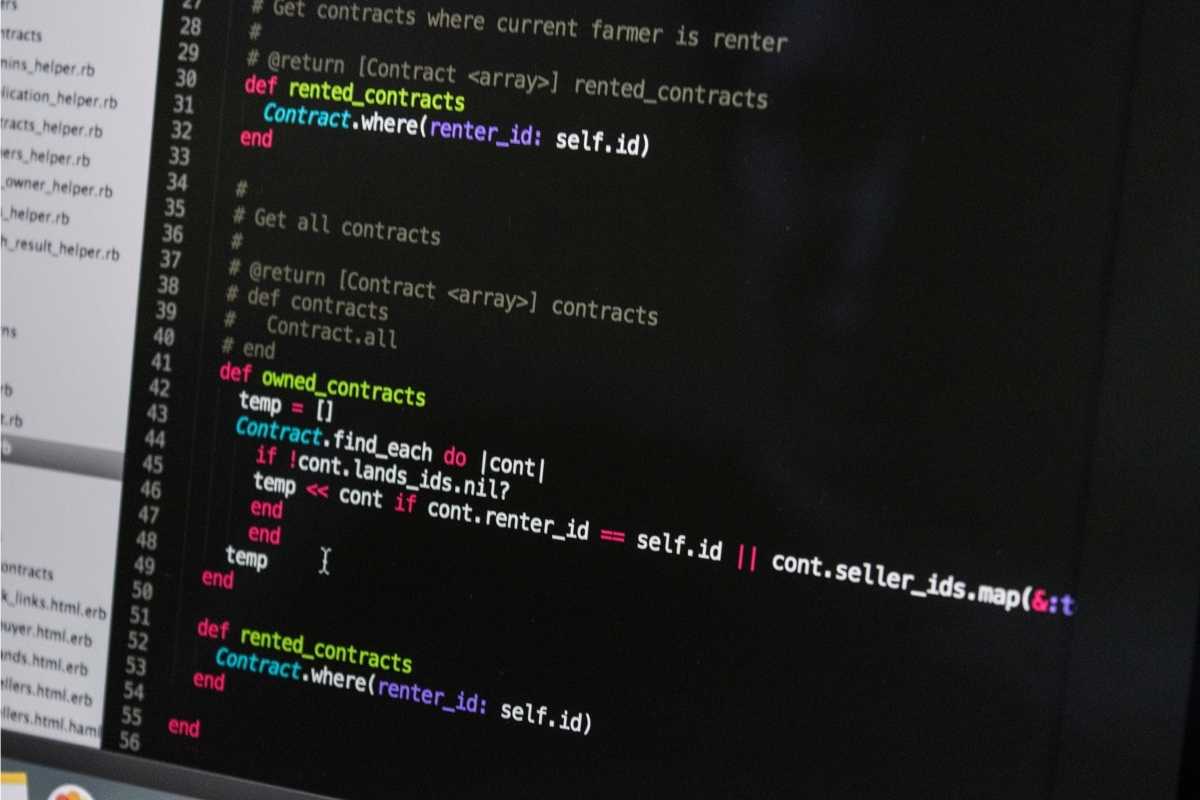Python, an interpreted general-purpose programming language, can be a tremendous asset when learning to make websites. While coding languages such as JavaScript and HTML focus on what is seen by the client, Python can be great for backend web development.
It may seem intimidating to learn Python, especially when you don’t have any prior experience in coding. However, it’s an easy program to learn, and with a few tips, it can be a quick language to learn from scratch.
Python, an interpreted general-purpose programming language, can be a tremendous asset when learning to make websites. While coding languages such as JavaScript and HTML focus on what is seen by the client, Python can be great for backend web development.
It may seem intimidating to learn Python, especially when you don’t have any prior experience in coding. However, it’s an easy program to learn, and with a few tips, it can be a quick language to learn from scratch.
What is the First Step to Learning Python?
To begin coding in the programming language, Python must be installed on the computer. Some computers such as Macs, already have a Python version installed. To check, simply type in “python” on the Terminal program — which can be accessed through the Utilities application — and it will show whether Python is already installed on the computer.
However, if it isn’t installed or if the newest Python 3 is preferred, then different versions of Python can be downloaded from python.org.
Learning About Python Syntax
After Python has been successfully downloaded and running the real work can begin. Beginner coders must learn syntax to begin writing code. Consider syntax as a form of grammar that needs to be applied to computer languages so that they can have the right structure. These rules are put in place to make sure the code will run correctly, the same way that commas and periods may allow for pauses in the English language.
Here are a few examples of Python Syntax to get started. The following example of code can be used as a reference for the syntax explained below:

Screenshot from Terminal
Print(): The print function allows for a coder to communicate an object and display it. For a print statement to work on Python, it must be written inside the parentheses and in quotations. Once the coder hits enter, the computer will respond with the statement that was written inside of the parentheses.
String: In the example, the statement that is written is “hello world.” This text is called a string since there are a series of letters that are in a specific order as if tied together by a metaphorical string. Strings need to have quotations — either double quotes (“) or singles quotes (‘). Once one is used, it’s best to stick to it, because strings need to have the same type of quote mark so that they can work.
Parentheses: Parentheses allow for a code to be executed. If parentheses aren’t included, then Python will think that you’re referring to a previous name that was already coded (only it hasn’t). It’s also important to make sure that parentheses are matched up correctly. If one end of the parentheses is forgotten in a statement, the code will not work.
Python Line Structure: Coding should be organized and easy to read. Hence, code has to be written in one line or a dash should be incorporated if extra lines are needed to create space between lines.
Comments: If a coder does not want to incorporate text that will be interpreted on Python, then all that needs to be added is an octothorpe (also commonly known as a hashtag). Anything that follows it will be seen as a comment and won’t be read as part of the rest of the code. Comments are often utilized by coders to explain what’s happening in the code.
Learning from Mistakes
If an error appears when writing code, it’s no big deal. Coding is a precise language and demands a careful and detailed eye, so it’s very common for even experts to get errors. Errors will usually specify what exactly went wrong so that the coder knows what to fix. Two examples of errors include syntax errors and name errors.
Syntax Error: This error will commonly appear when there is an error in the code’s syntax. Sometimes a word will be misspelled or something will be forgotten.
NameError: A NameError will often appear when an object cannot be found. Sometimes, this error will appear if there are missing parentheses since a function could be mistaken for an object without them.
When errors occur, it’s best to look over the code and check to make sure that something isn’t missing. With more experience, it will be easier to recognize easy errors and even recognize common patterns in errors so that the same mistakes aren’t always repeated.
Ultimately, at first, this terminology or structure may take a bit of time to get used to. But, one way to adjust quickly is by seeing different examples of sample code. That way it becomes easier to recognize what each command does, as well as what a proper structure will look like.
After going through these basics, hopefully, Python doesn’t seem as intimidating as it once did. As an interpreted language, Python is a fairly easy language to learn. Now, the only thing that’s left is to practice and further develop your skills so that you can become an expert coder. Learn more about our software developer training program powered by WOZ U.

Sophia Acevedo
Sophia Acevedo is a journalist based in Southern California. She is a 2020 graduate from California State University, Fullerton, and a proud Daily Titan alum.
This article was published on: 02/22/21 12:01 PM
* SCI does not guarantee employment or a starting salary upon graduation, completion, or withdrawal from SCI. As an accredited post-secondary institution, SCI has various federal financial assistance programs available for students who qualify and are enrolled in SCI programs. This does not apply to seminar students.
GI Bill® is a registered trademark of the U.S. Department of Veterans Affairs (VA). More information about education benefits offered by VA is available at the official U.S. government Web site at http://www.benefits.va.gov/gibill.

